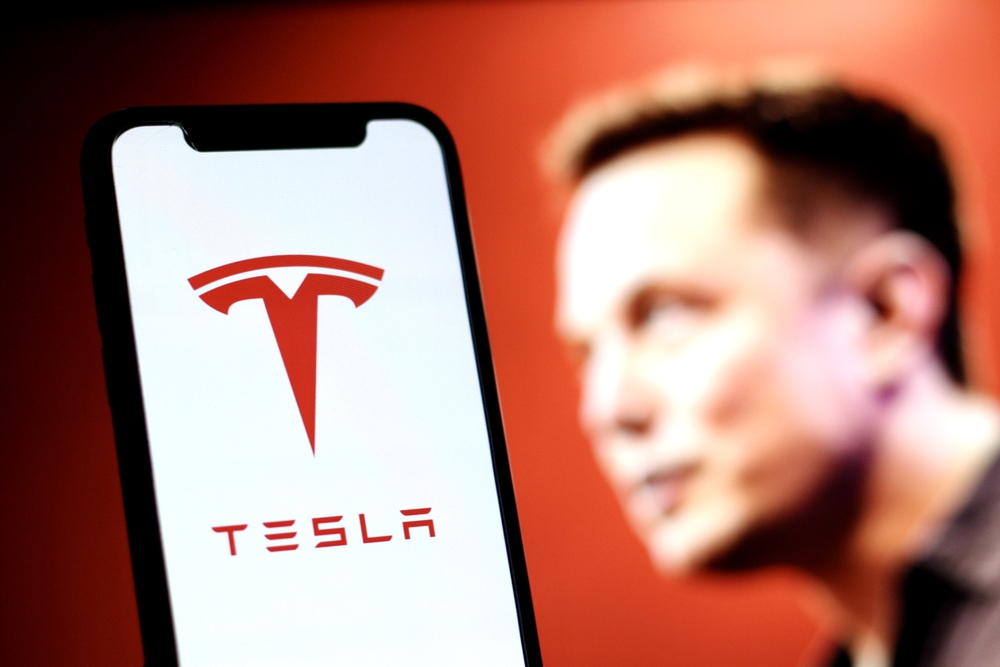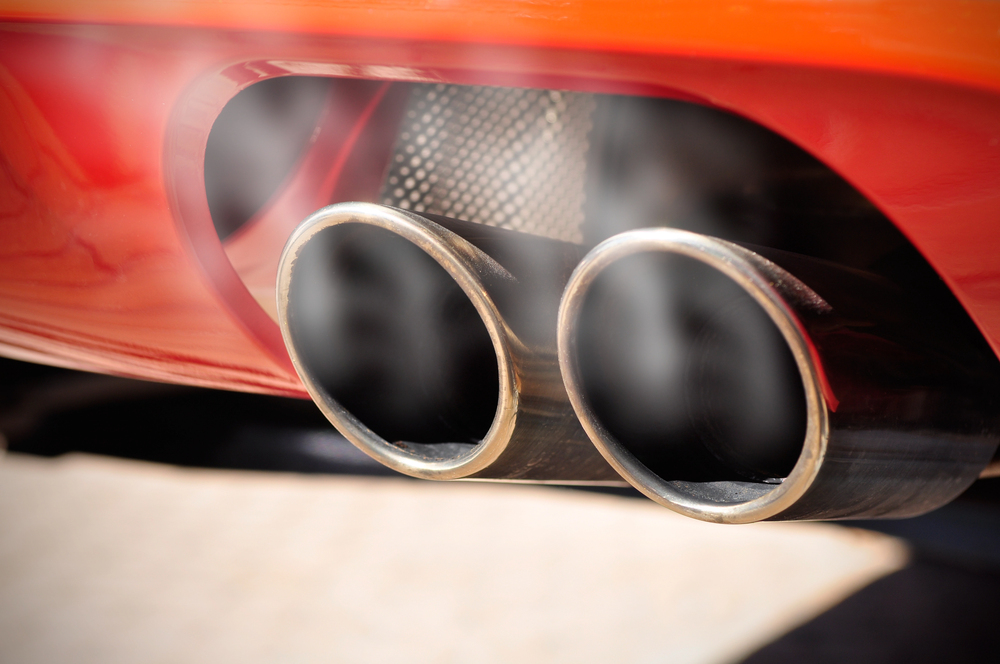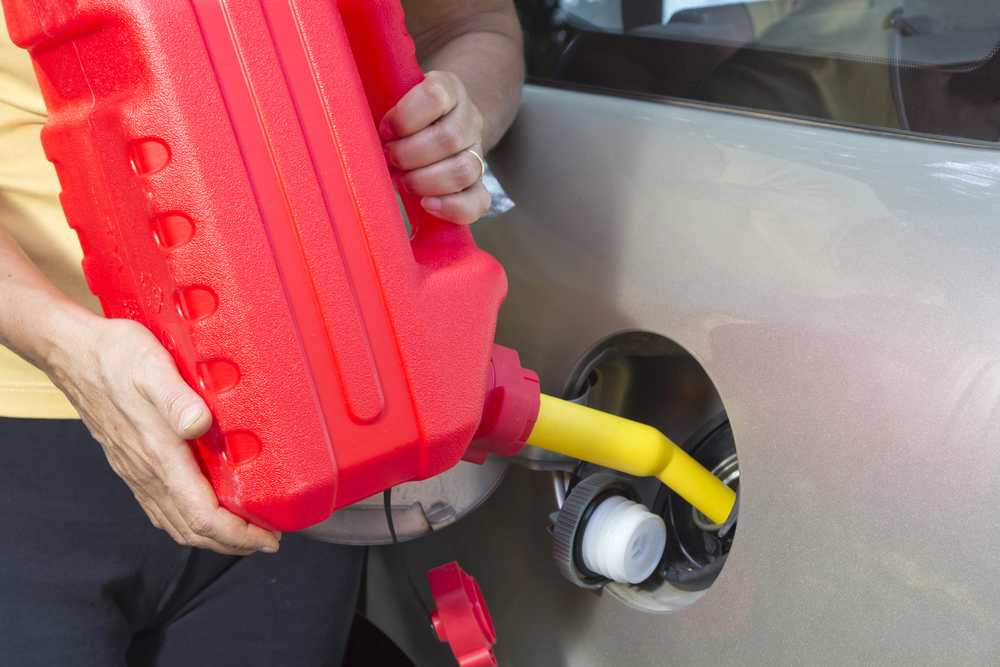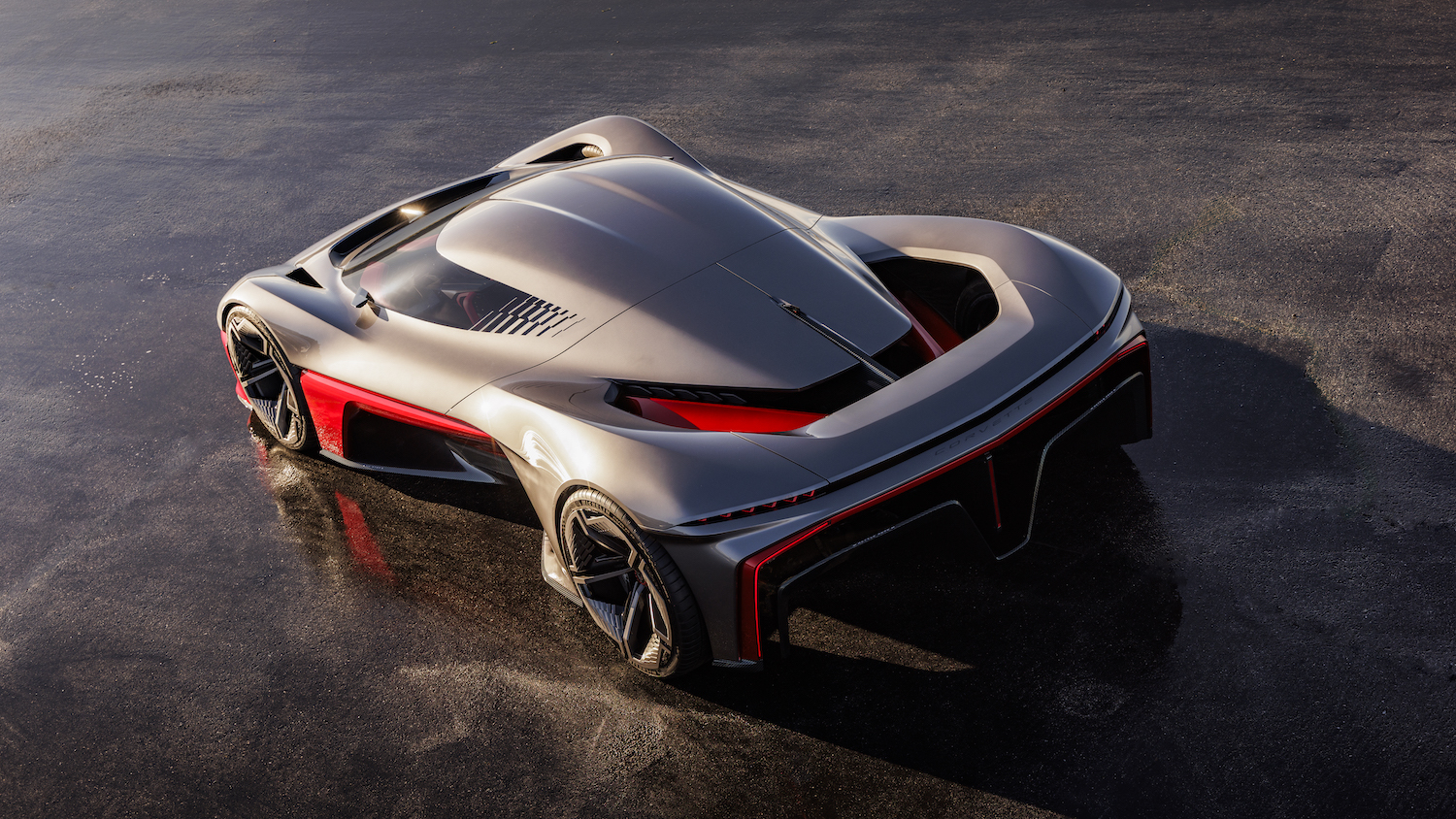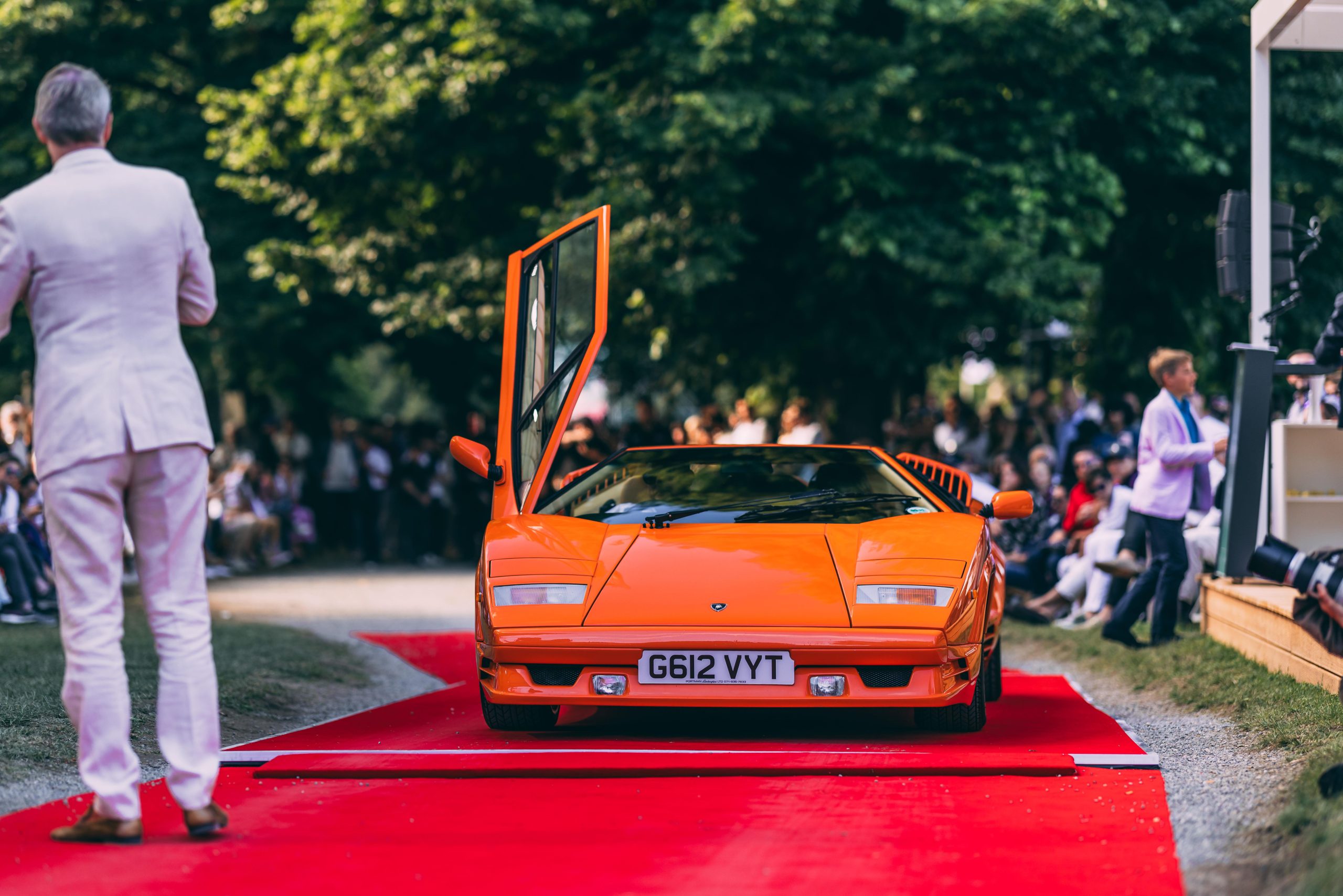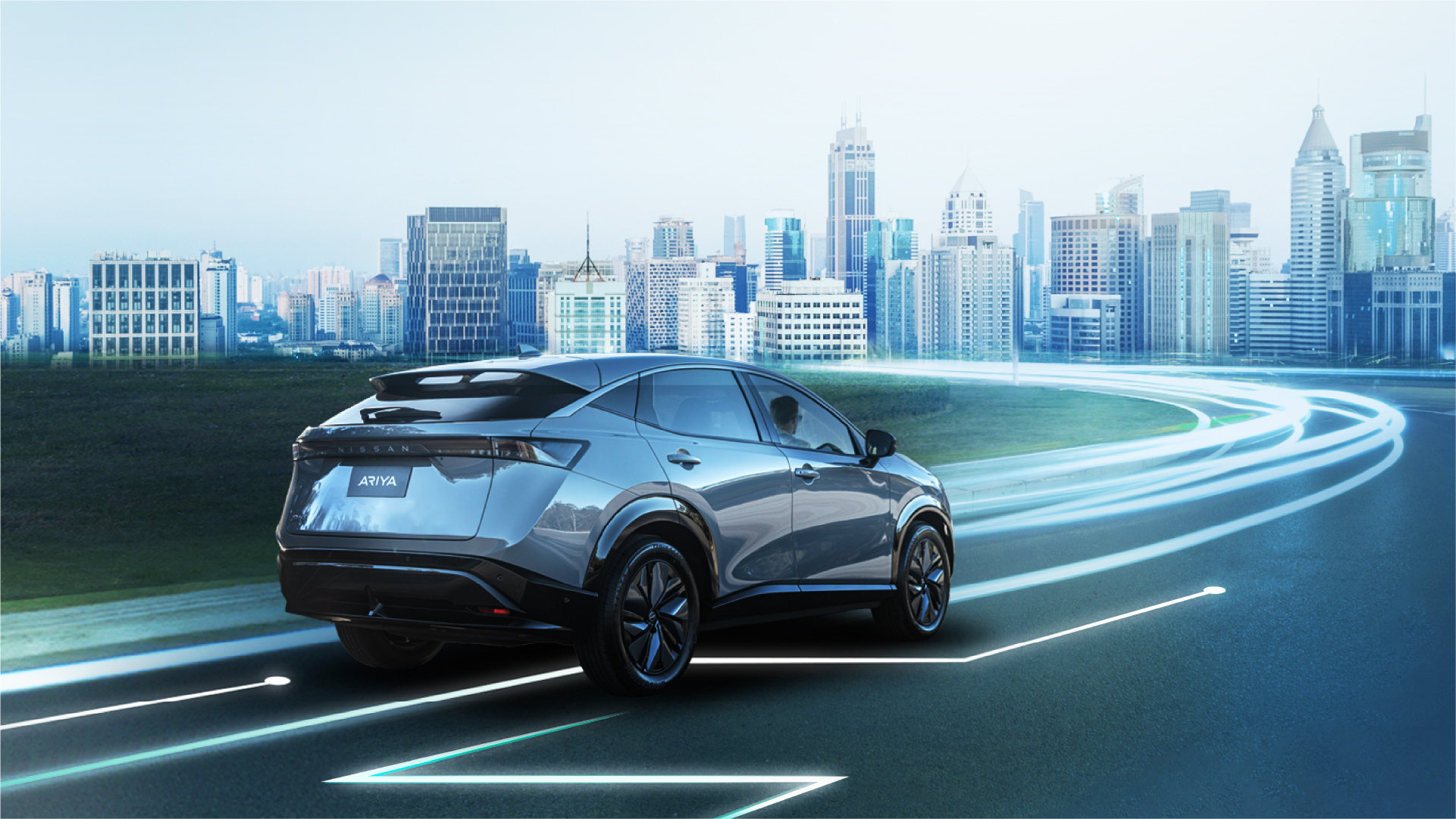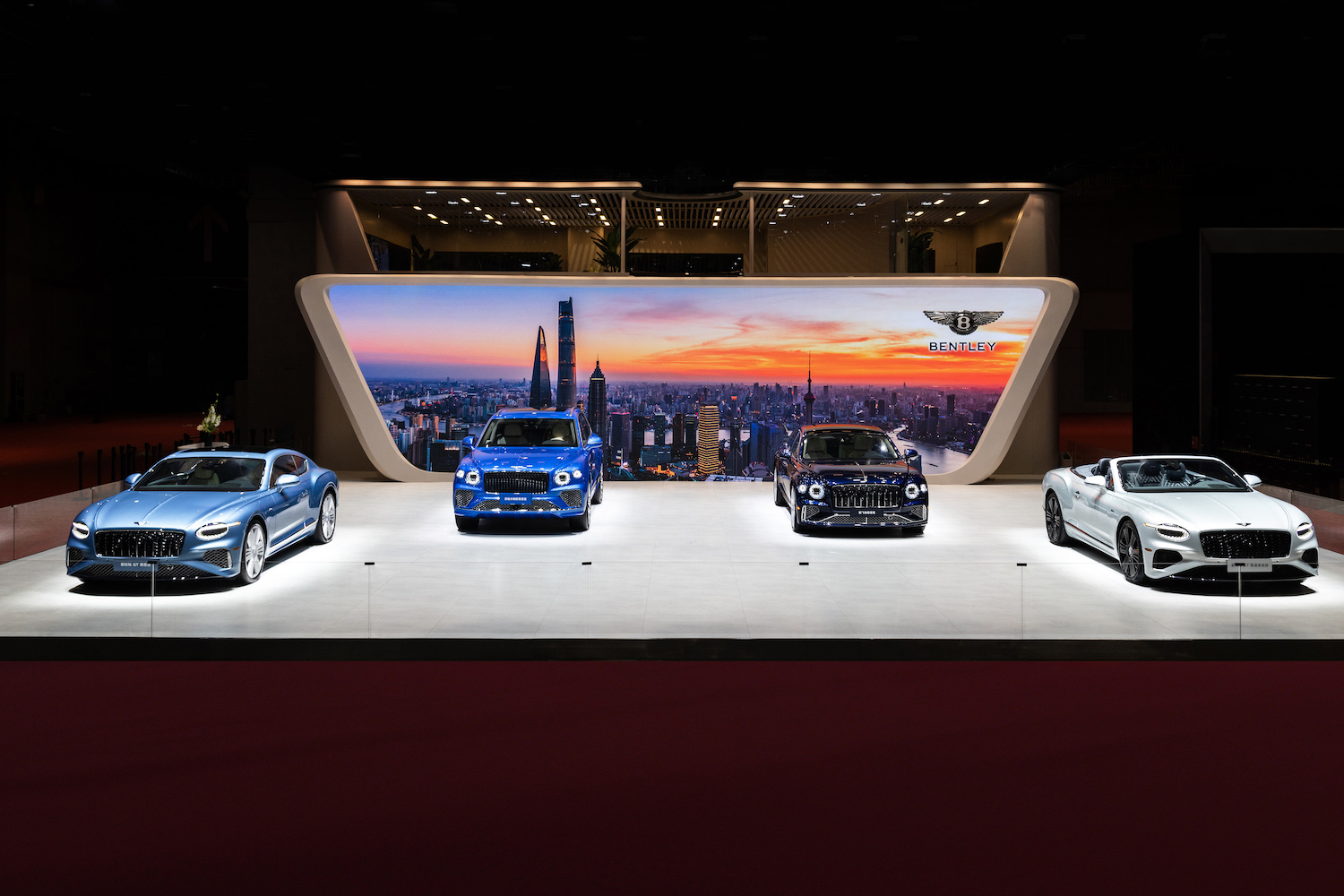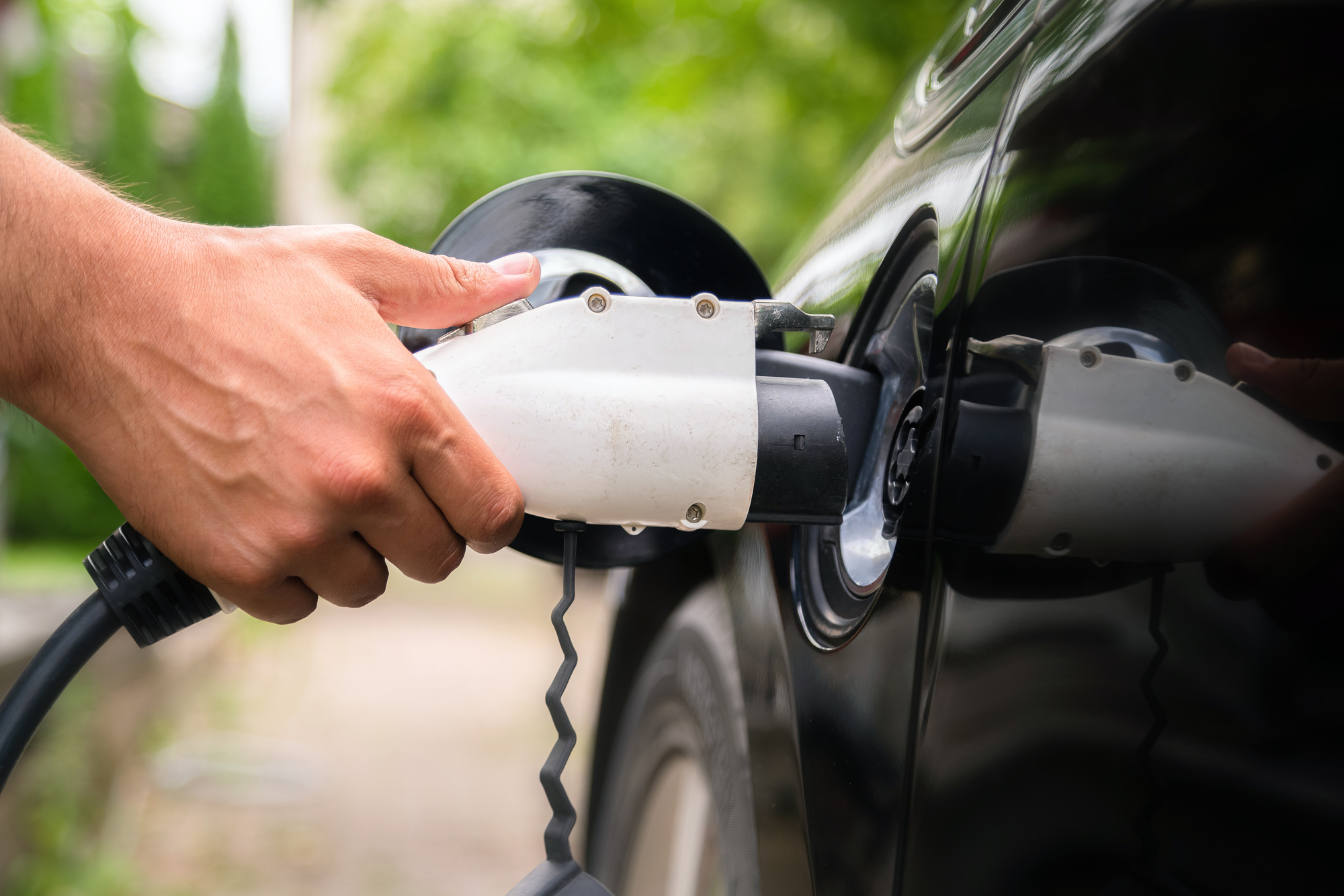5 Cars From The 2000s I Wish I Had Driven, Even Once (But I Couldn’t, Since I Was Not Old Enough)
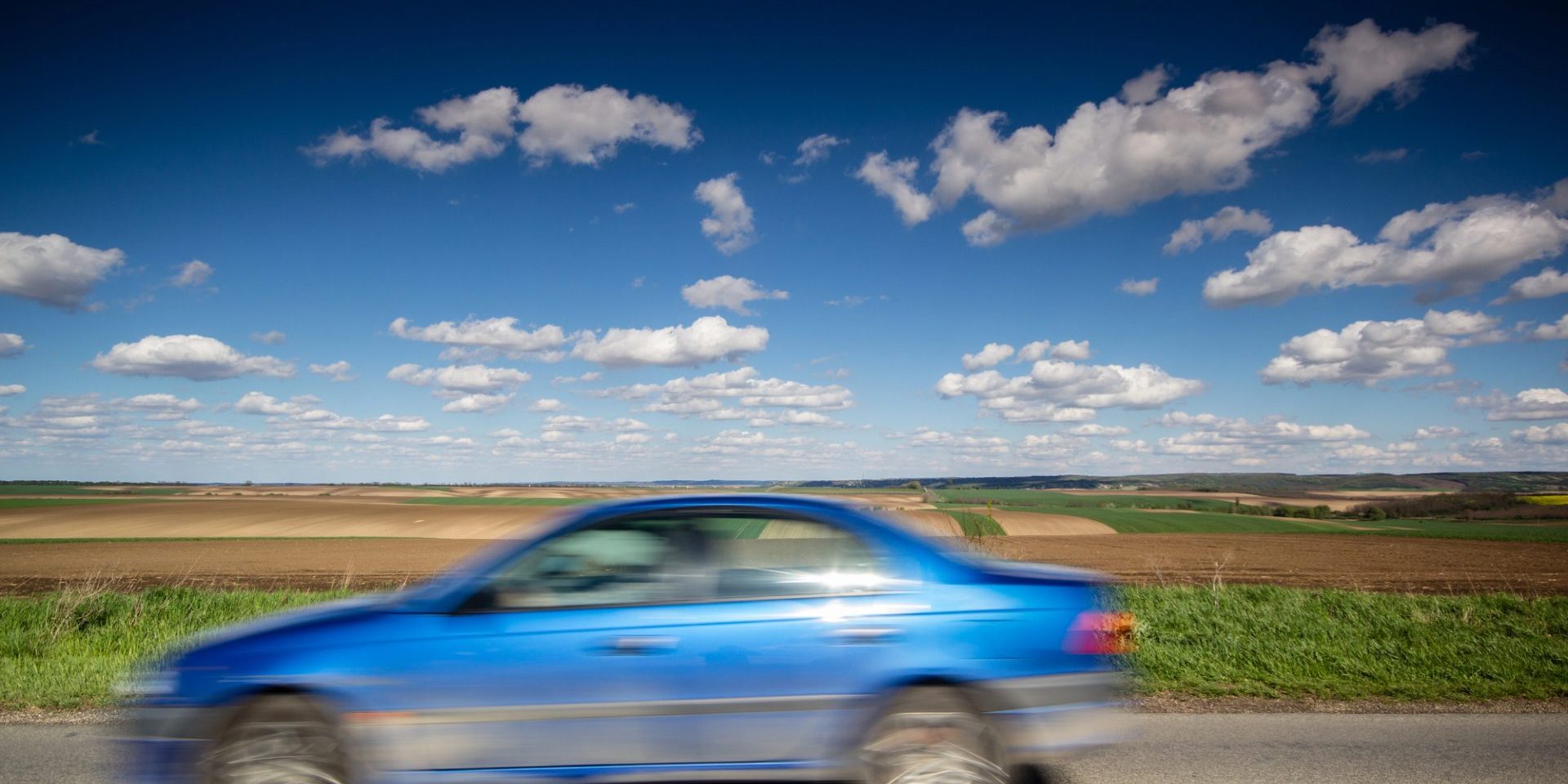
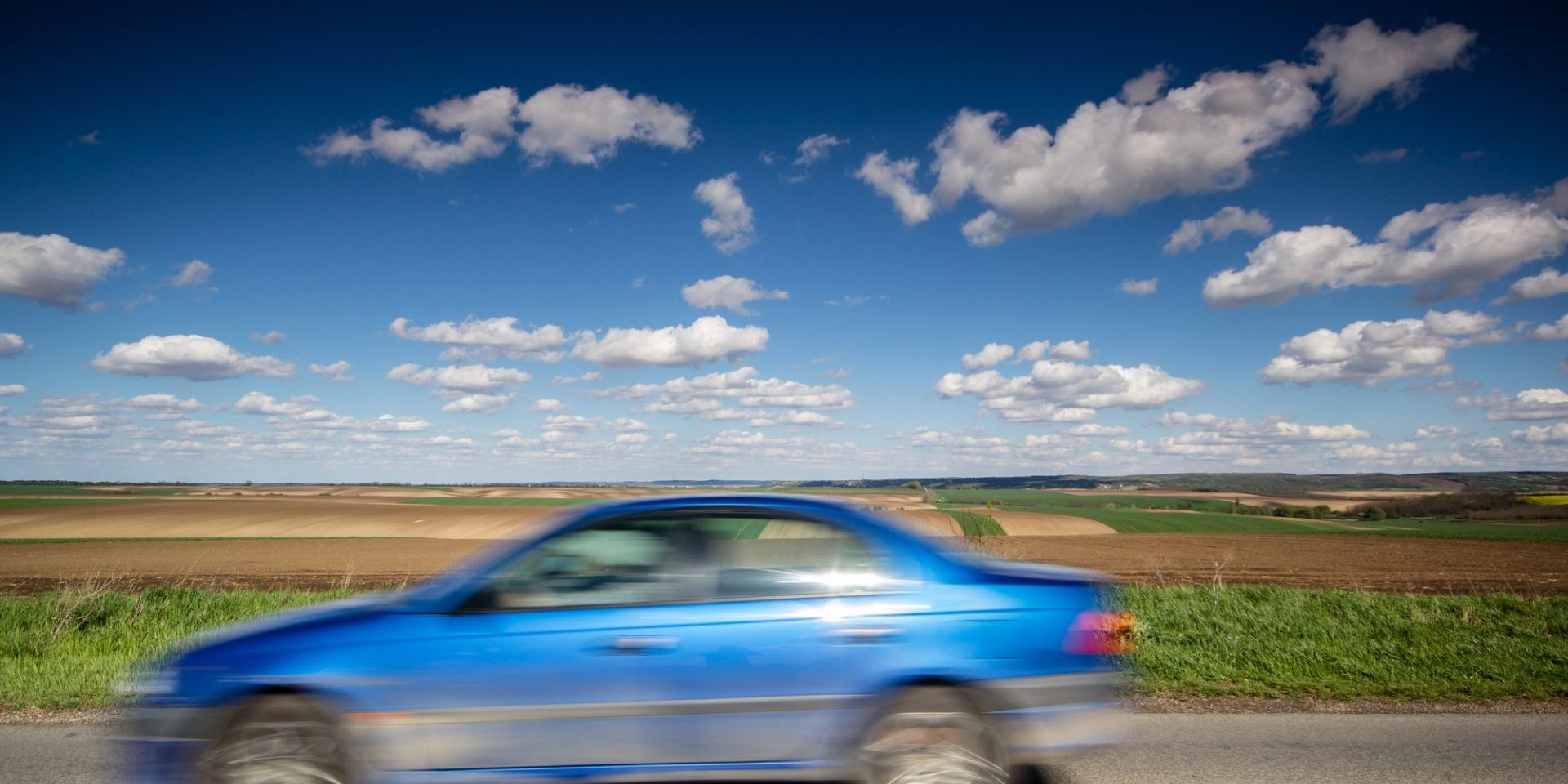
The more I look at all the new launches from a decade or two ago, the more I start to appreciate what we once took for granted. Back in those days, what was available to us, although limited, focused entirely on the mechanicals and driving experience before we started receiving computers on wheels.
Despite modern vehicles receiving a long list of advancements in safety, efficiency, technology and (sometimes) reliability, the change in consumer patterns have left me disappointed with what’s on offer today, from giant screens to EVs to crossovers. (I must learn to embrace them because I may be forced to drive one in the near future).
It’s not that it’s impossible to get behind the wheel of one of these machines, it’s just that it’s getting harder as they get rarer with each passing day, but if I were to time travel back to the early 2000s without getting any younger, and although I have been fortunate enough to drive many unique vehicles in my life, here are some vehicles I missed out on driving.
Since I haven’t driven any of them, I would not know how they actually drove, but based on the experience of those I know who owned these vehicles, I have curated a list of vehicles I wish to personally experience at least once, and the reasons.
Mitsubishi Lancer
Starting with the Lancer; It earned a solid reputation globally with its rally DNA being transferred onto its road-going models, most notably the legendary Tommi Makinen edition of the Evo 6. The Lancer we received in India in the late 90’s was based on the Evo 6. It looked handsome, it was neither too boxy, nor too curvy, but perfectly balanced, just like its ride and handling – not the most plush ride, but not too stiff either, it was set up to avoid compromising the handling, the strongest suit of the Lancer. The underpowered engine, however, wasted a fair bit of the chassis’ but it did not deter those who really wanted one, for its mod-friendliness.
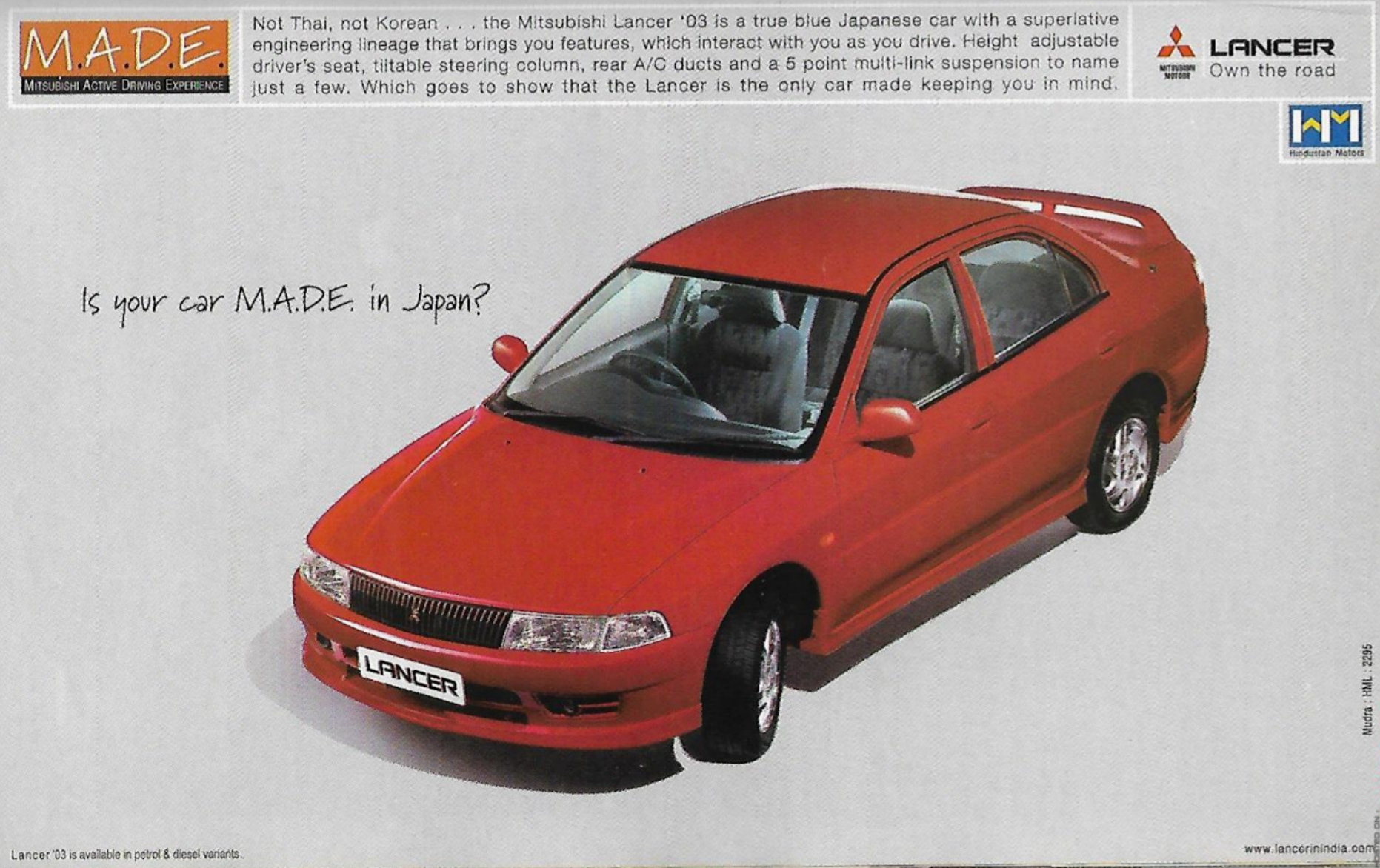
Maruti Suzuki Baleno (1st Gen)
Maruti Suzuki’s first attempt at a premium sedan was a technical hit but a commercial failure. The squarish rear stood out in an otherwise bubbly design and technically, the Baleno was known for its legendary G16B engine + gearbox combination. The gear ratios were spread in a way, you could achieve 100km/h in second gear! Yes, you read that right! Rather, the 1.6 motor, known for its fabulous bottom end, was more popular than the vehicle itself and budget rally enthusiasts commonly swapped out the engines from the Zen, Esteem and Gypsy for the Baleno. It’s a real shame to see the Baleno name on an economy hatchback nowadays (Ironically, I happen to drive one).
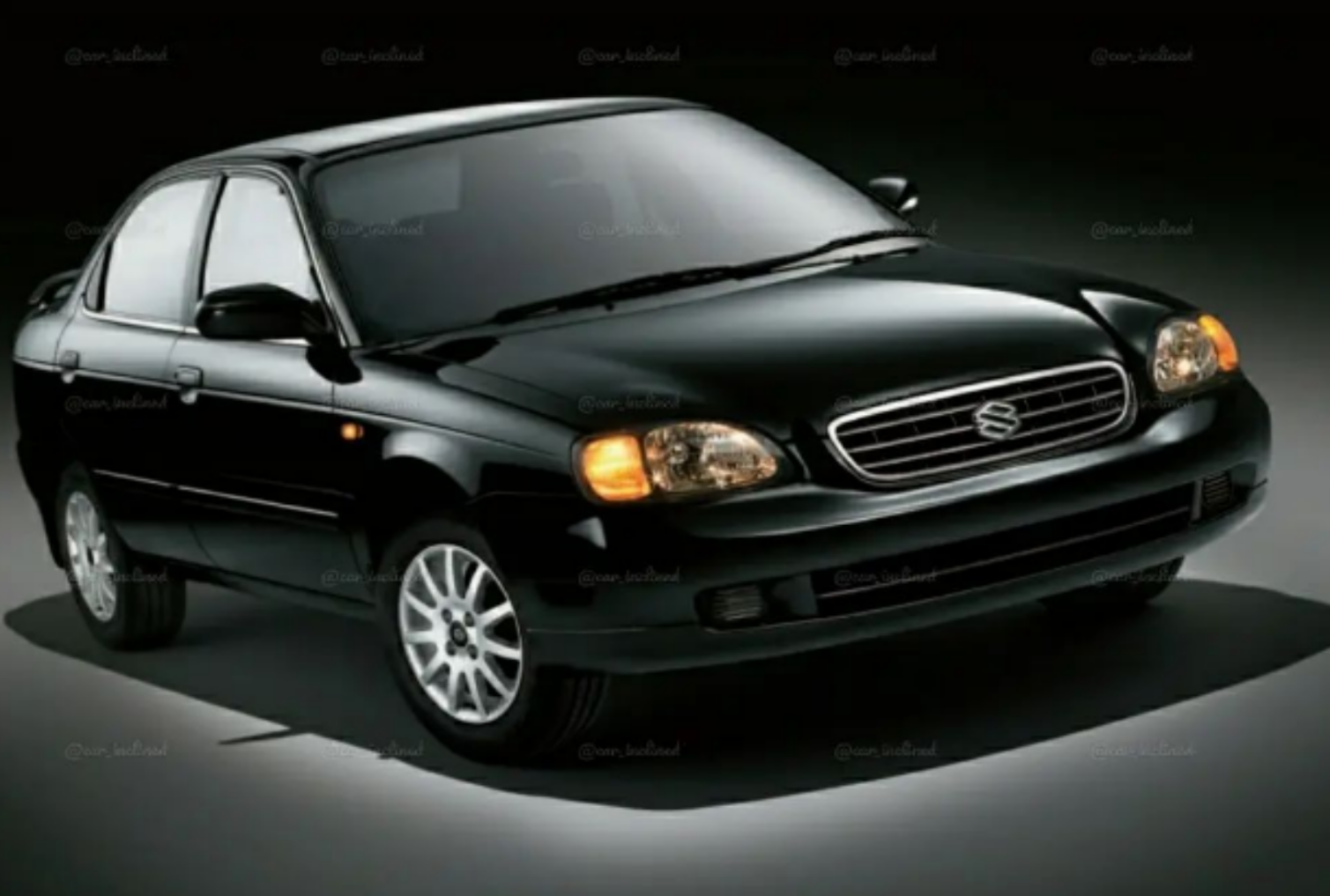
Ford Ikon (1.6)
Fondly remembered as the “enthusiasm” machine in English transliteration, it perfectly described the sedan and despite looking plain, it sold fairly well, however, it was mainly the 1.3 petrol and 1.4 diesels which found most homes. The 1.6 ROCAM motor was peppy on the lightweight Ikon and delivered a whopping 100 horsepower, yes, it was a huge deal at the time, but it was inefficient and overpriced so no surprise it failed. Unlike the Lancer, the Ikon 1.6 was able to complement the spectacular ride, body roll, steering feedback and short throws, making it a delight to drive on winding roads. Despite having driven the Fiesta with the same engine and the Figo with the 1.4 diesel, both of which were massively impressive, the Ikon 1.6 “powerful” motor in a light shell made it even more special, but since this variant failed, it will be even harder to find an example in running condition. These cars have faded from the streets as fast as their brake pads are notorious for.
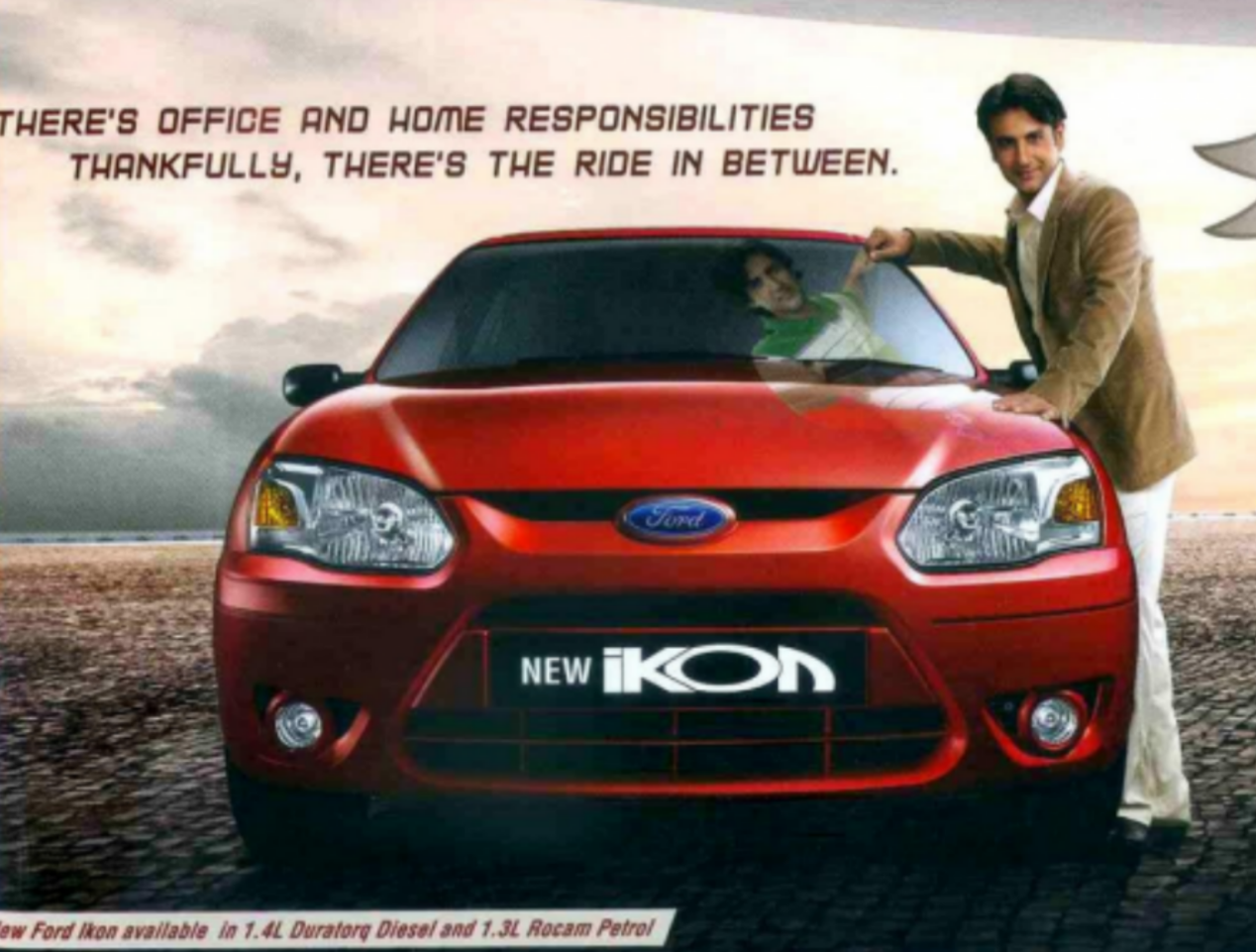
Opel Astra
This entry stands out on the list of cars I wish I had the chance to drive. My family happened to own the first ever Astra sold in India before I was born, however, I spent a lot of time riding in one before realising how significant this Opel was for India. Despite being a sales failure,. The Astra brought the concept of affordable German engineering to India, but not necessarily in the way one may have wished for. It was complex and challenging to maintain and was anything but economical, however, It boasted a solid build quality and a typical German ride and handling setup. The Astra may even be the hardest car on this list, to find and get behind the wheel of, it’s probably been over a decade since I last spotted one plying on the streets for how tough it is to own one these days. It’s even harder to find one in running condition in the market.

Honda City (VTEC)
The last, but the most popular entry on this list, the management at Honda India were cooking back in 2001 and a bright idea sparked in a washitsu (I’m just kidding, that’s not what really happened but imagine if it did) and that’s how Honda gave India a taste of the legendary VTEC technology, capable of 106 horsepower. Torque isn’t important on a Honda, but the 7100 rpm motor was capable of pulling the 986 kilogram body to 100km/h in under 10 seconds, quick and respectable even today. I say it’s popular because there are clean examples being driven on the streets (owing to Honda’s trademark reliability and easy ownership) and it might even be the easiest vehicle on this list to get hold of. Too bad, we no longer have the roads to hear the B16 VTEC scream.
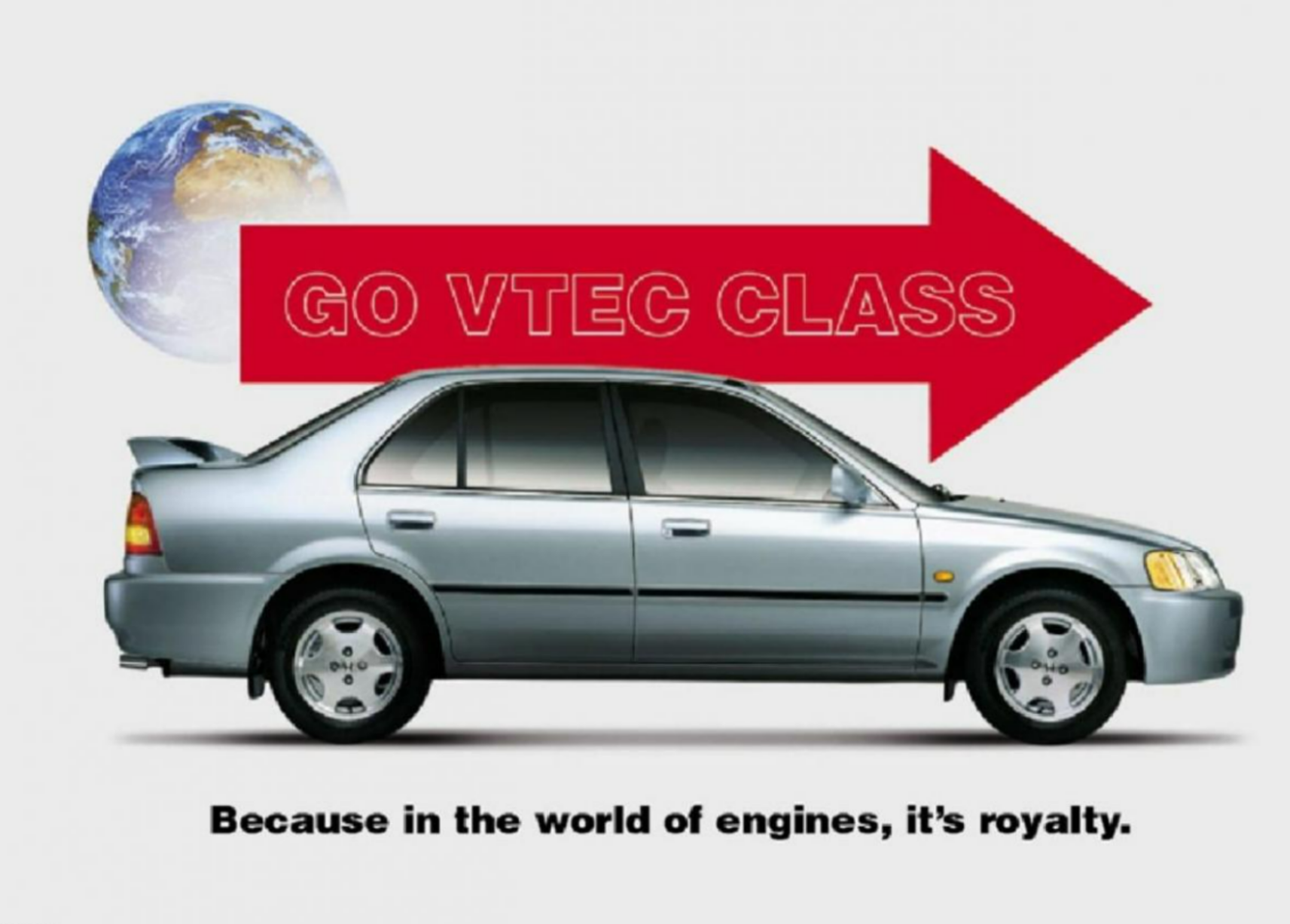
My desire to get behind the wheel of any (or hopefully all) of these wonderful machines on the list is a testament to how driver-oriented of a market we once enjoyed and I am someone who likes to buck the trend and hence, I hope this piece has taken all you petrolheads on a trip down memory lane from when we had mechanicals over computers.
I have been fortunate enough to experience other incredible machines which braced the market and left with or without a mark and don’t get me wrong, modern vehicles have advanced in safety and technology, but older machines really had character. They all drove differently. It was fairly easy to distinguish from one model to another.

